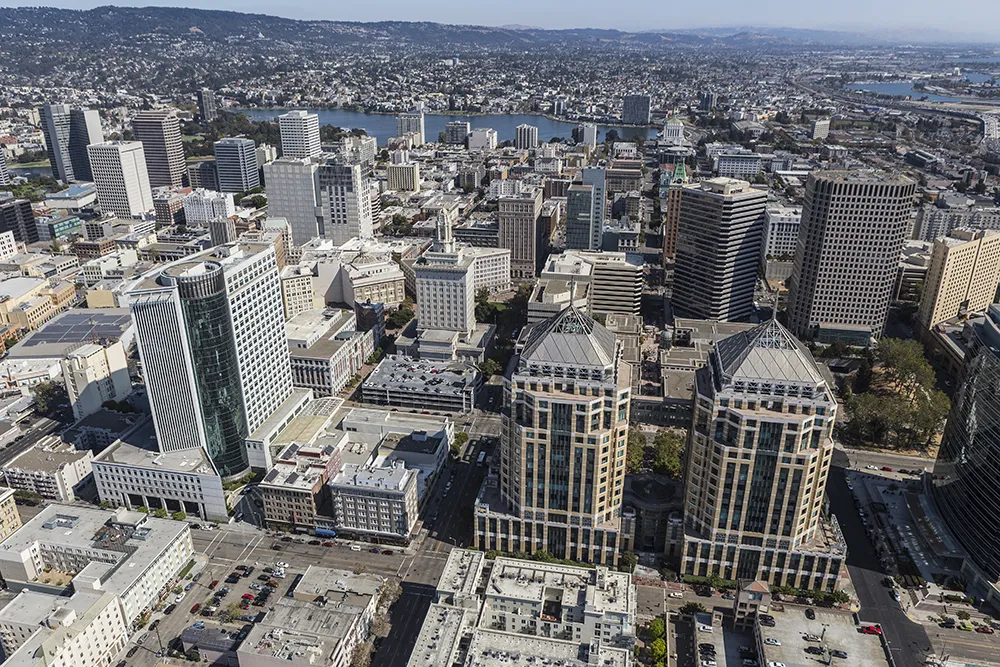According to the Moscow government, the introduction of ITS, currently being deployed, will increase the capacity of city's roads by 20 per cent. Pre-commissioning of the system is scheduled to begin in April. Moscow government plans to ingrate management of parking spaces, install cameras in traffic lights, and equip passenger land transport with Russia’s Glonass navigation system. Installation of a Glonass device is estimated at just over US$1,000 for a city bus and about half that amount for private flee
May 17, 2012
Read time: 1 min
According to the Moscow government, the introduction of ITS, currently being deployed, will increase the capacity of city's roads by 20 per cent. Pre-commissioning of the system is scheduled to begin in April.
Moscow government plans to ingrate management of parking spaces, install cameras in traffic lights, and equip passenger land transport with Russia’s Glonass navigation system. Installation of a Glonass device is estimated at just over US$1,000 for a city bus and about half that amount for private fleet, Gazel vehicles.
Moscow government plans to ingrate management of parking spaces, install cameras in traffic lights, and equip passenger land transport with Russia’s Glonass navigation system. Installation of a Glonass device is estimated at just over US$1,000 for a city bus and about half that amount for private fleet, Gazel vehicles.










